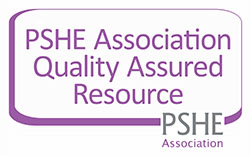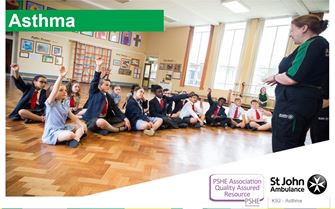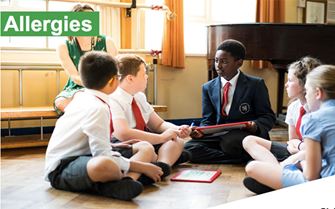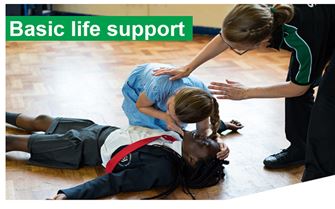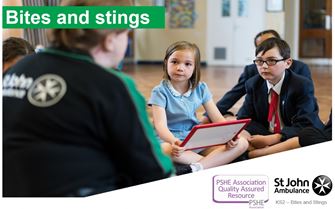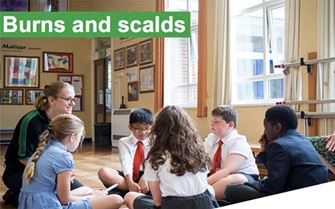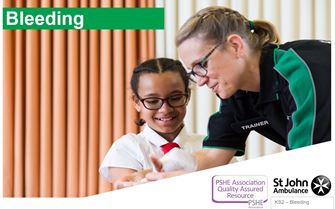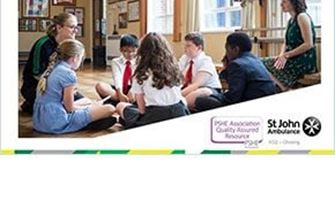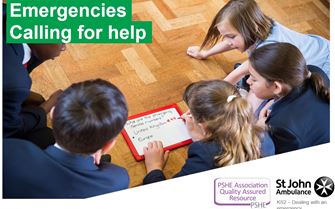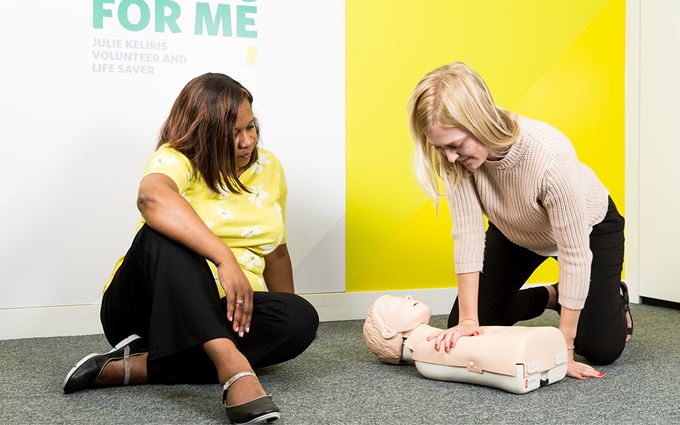Who is this lesson for?
This lesson is suitable for pupils in Key Stage 2.
What is included in the lesson?
The teaching resources include:
- KS2 Head Injuries Lesson Plan (doc) - 175 KB
- KS2 Head Injuries Presentation (ppt) - 6.6 MB
- KS2 A18 Functions of the Brain (doc) - 77 KB
- KS2 A19 What Do You See (ppt) - 901 KB
- KS2 A1 Head Injuries Poster (ppt) - 410 KB
- KS2 A2 Skull Design (doc) - 568 KB
- KS2 Your Turn Head Injuries (ppt) - 360 KB
- Teacher Guidance (doc) - 151 KB

